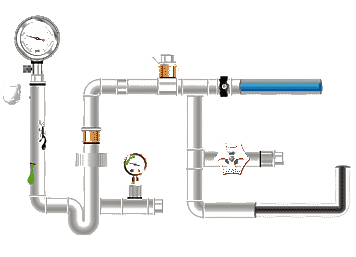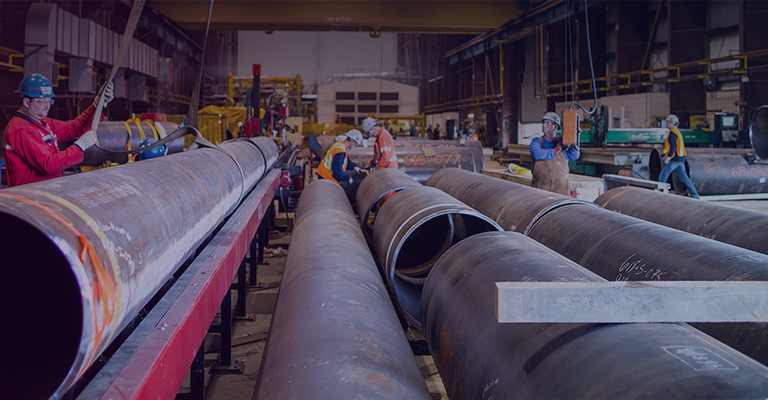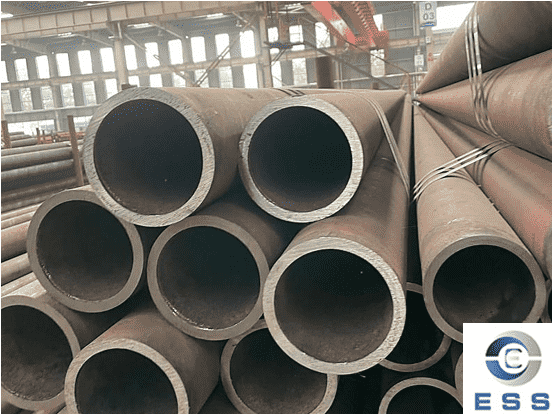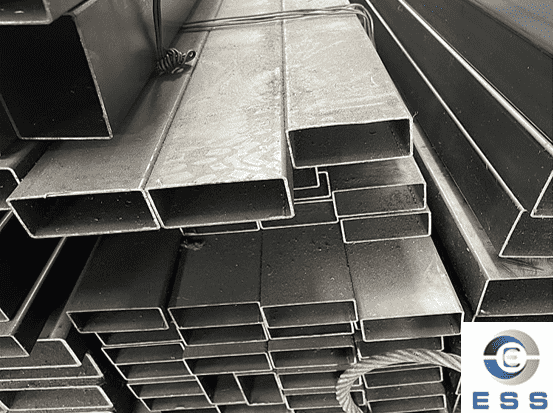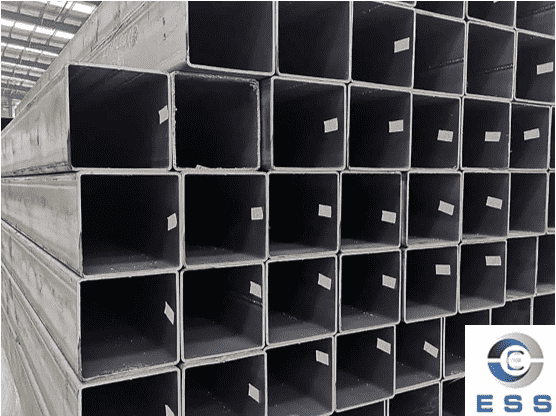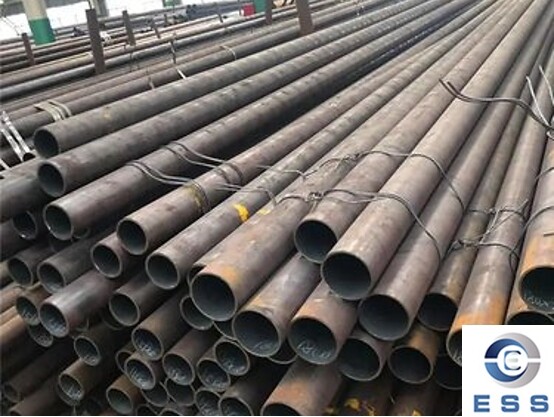
Steps and precautions for threaded
connection of carbon
steel pipe
Threaded connection of carbon steel pipe is
a common connection method with advantages such as easy installation and
convenient disassembly. The following are the basic steps and precautions for
threaded connection of carbon steel pipe:
1. Prepare tools and materials
First, you need to prepare the
corresponding carbon steel pipe, threaded joint, sealing gasket and
installation tools such as wrench. Make sure that the selected materials meet
the engineering requirements and have the corresponding quality certification
documents.
2. Clean the pipe mouth
Before making the connection, clean the
pipe mouth of the carbon steel pipe to remove impurities such as oil and rust.
This helps to ensure the tightness and sealing of the threaded connection.
3. Apply lubricant
Apply an appropriate amount of lubricant to
the threaded part of the carbon steel pipe to reduce friction resistance during
installation. However, it should be noted that the lubricant should not affect
the sealing performance of the threaded connection.
4. Docking and tightening
Docking the carbon steel pipe with the
threaded joint ensures that the threaded parts of the two are aligned. Then use
tools such as wrenches to gradually tighten until the specified tightening
torque is reached. During the tightening process, keep the force uniform to
avoid damaging the thread.
5. Inspection and adjustment
After the connection is completed, the
threaded connection should be checked to ensure that it is tight and not loose.
If any problems are found, they should be adjusted or reinstalled in time.
Other
connection methods of carbon steel pipes
In addition to threaded connection, carbon
steel pipes can also be connected in the following ways:
1. Welding
connection
Welding connection is to connect carbon
steel pipes together by fusion welding or pressure welding. This connection
method has the advantages of high connection strength and good sealing, but the
operation requirements are high and it is not easy to disassemble.
2. Flange connection
Flange connection is to install flanges at
both ends of the carbon steel pipe and then use bolts and other tools to
tightly connect the two flanges together. Flange connection is suitable for
occasions that require frequent disassembly and has good sealing performance.
3. Socket connection
The socket connection is to expand the pipe
end of one carbon steel pipe into a socket shape, and reduce the pipe end of
the other carbon steel pipe into a socket shape, and then insert the socket
into the socket for connection. This connection method is easy to install, but
its sealing and strength are relatively low.
Summary
In summary, there are many ways to connect
carbon steel pipes, and the appropriate connection method should be selected
according to specific engineering requirements and actual conditions. Threaded
connection, as a common connection method, has a wide range of applicability in
practical applications.









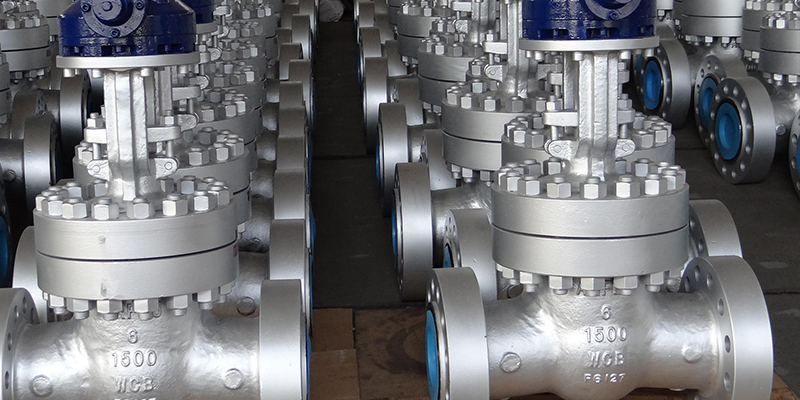
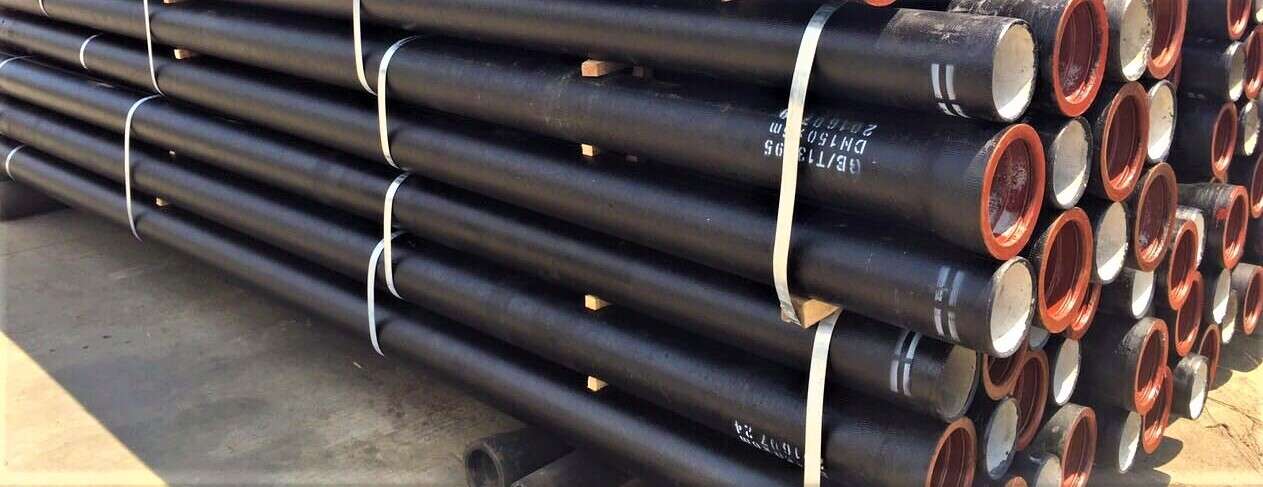


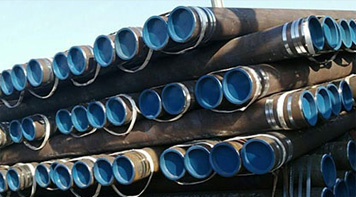 Eastern Steel Manufacturing Co.,Ltd not only improve product production and sales services, but also provide additional value-added services. As long as you need, we can complete your specific needs together.
Eastern Steel Manufacturing Co.,Ltd not only improve product production and sales services, but also provide additional value-added services. As long as you need, we can complete your specific needs together.
